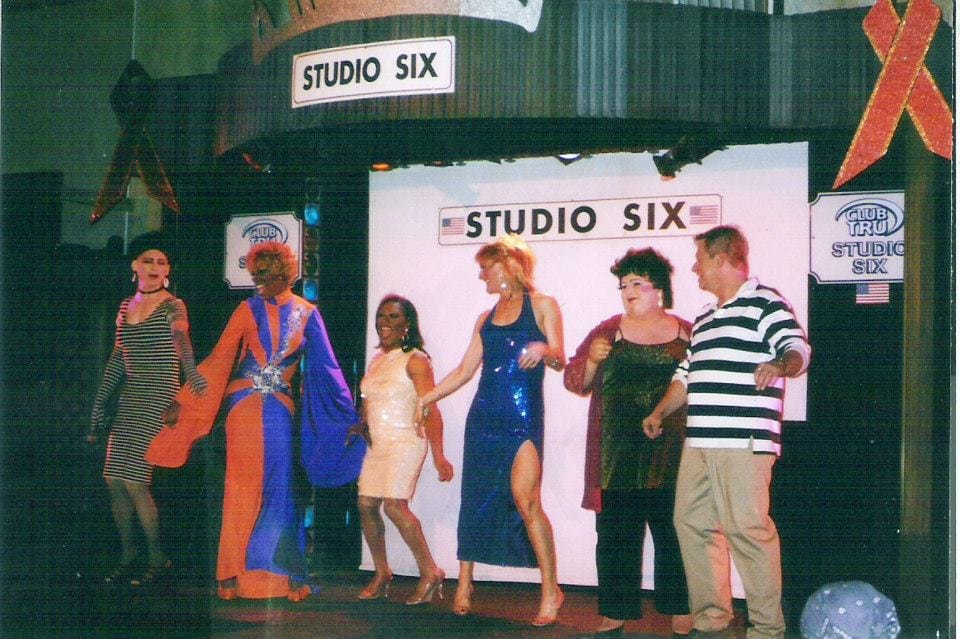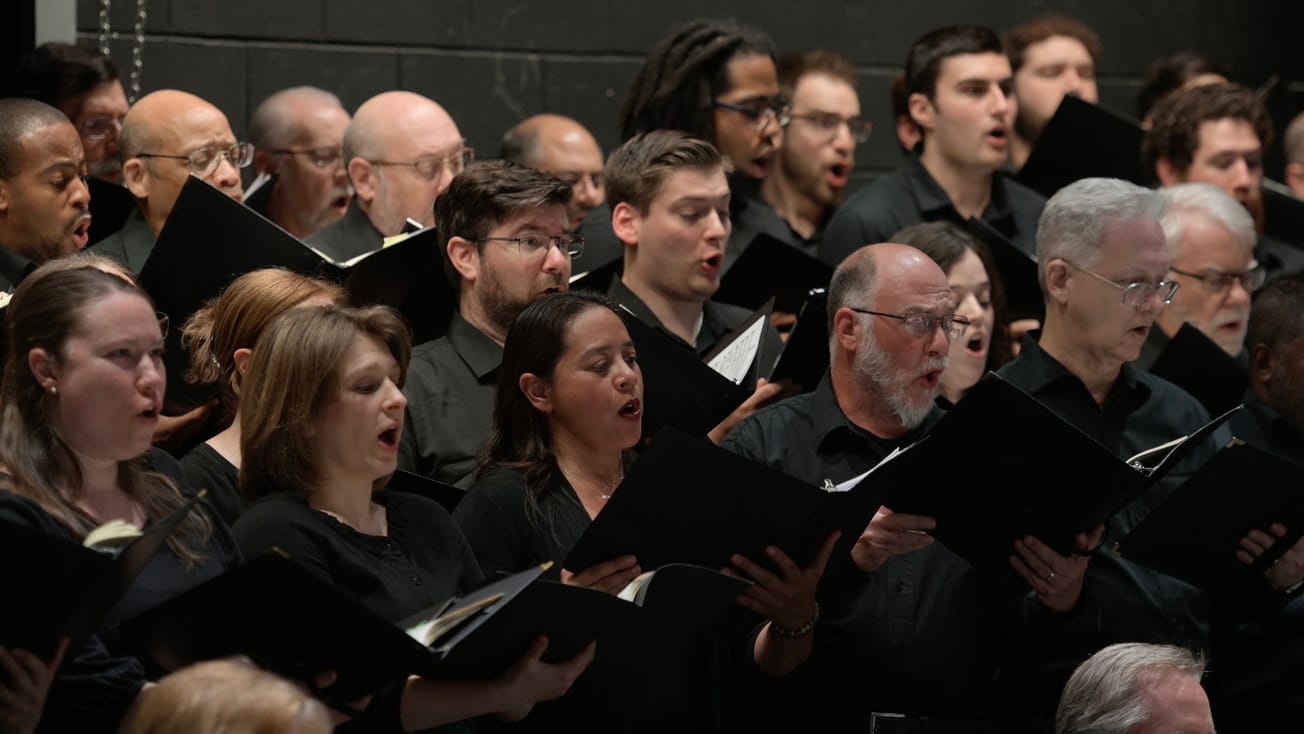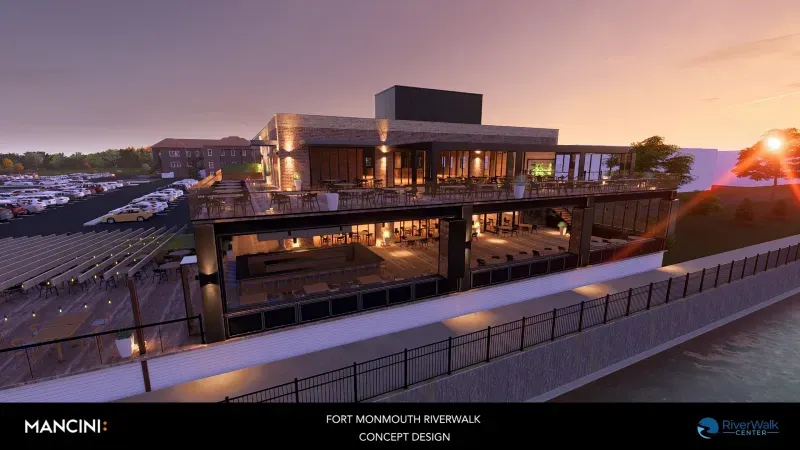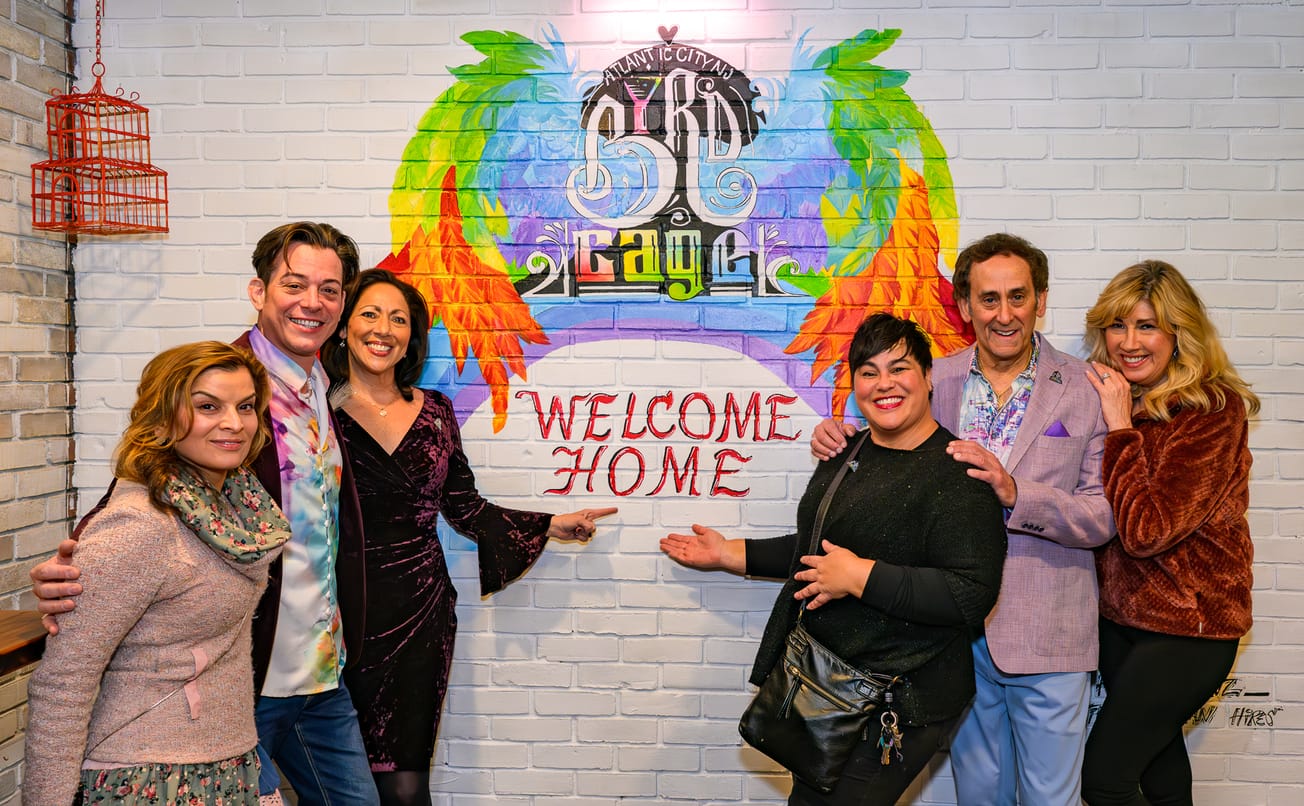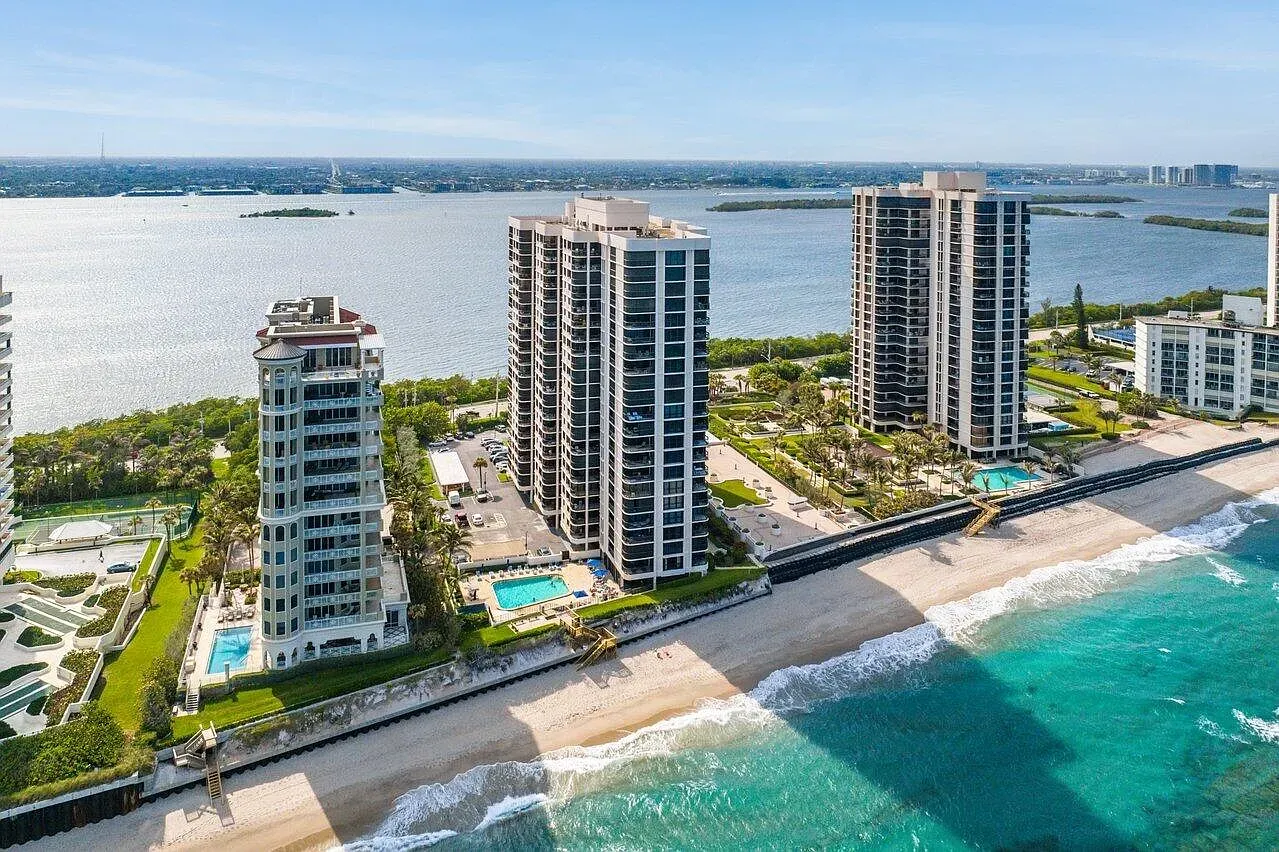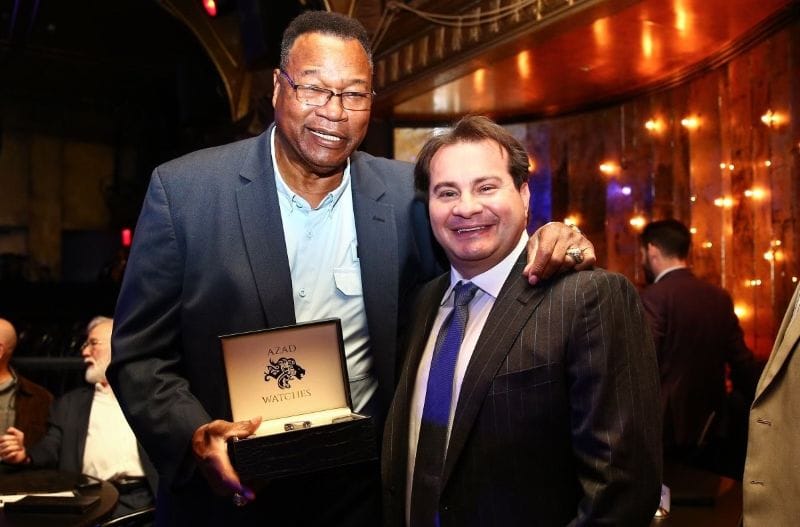The opening of the Byrdcage in Atlantic City takes us back to a time when bustling gay nightclubs dominated the scene on New York Avenue and surrounding streets. Casinos were flourishing and Atlantic City drew young gay men and women from New York, Philadelphia and elsewhere to a neighborhood where they could be themselves and find acceptance and within a vibrant community.
The iconic Studio Six, known to attract A-list celebrities that were headlining shows at the neighboring casinos, the Brass Rail, which later became Club Tru, the Saratoga, the Rendezvous Lounge, the Chez Paree, the Chester Inn, are just a few that most anyone who grew up here or frequented AC in the 70s and 80s would remember.
Mortimer Spreng, a former Miss’d America, bartended and performed at Studio Six during the height of its popularity.
“The experience was unlike any other,” says Spreng. “The bars were full. You knew everybody. It would take 15-20 minutes to get a drink, you were saying ‘hi’ to so many people. It was truly magical. I miss the camaraderie. It was like family. And the money, being a bartender in the hottest club around was bank!”
A landmark decision that paved the way
Philanthropist John Schultz, an Atlantic City native and former councilman, owned many of the properties that catered to the gay community, including Studio Six, which was the last gay nightclub to close in 2004, and nine other bars. The gay neighborhood was loosely defined as New York and Kentucky Avenues, and Snake Alley, the windy bypass that connects the two streets.
Snake Alley had been famously known for Louise’s Entertainment Club, which opened in the 1920s and hosted drag shows. Owned by a former Ziegfeld Follies showgirl, Louise Mack, it was a private gentlemen’s club and was considered the first gay bar on the East Coast.
During the late 1960s, before Schultz opened his first bar, he bartended at Val’s on New York Ave. and witnessed an historic police raid. At the time it was illegal to serve homosexuals. When officers entered Val’s and began arresting patrons, Schultz asked an officer how he knew his customers were gay (secretly wondering why he wasn’t being arrested).
“He pointed to one guy and then he went around the whole bar and he says, ‘All of them are gay,’” recalls Schultz, who was threatened with arrest when he tried to intervene.
That raid led to a landmark case in which Val’s fought state efforts to close it on the grounds that it was frequented by homosexuals. The New Jersey Supreme Court ruled in favor of Val’s and the bar became a symbol of gay resistance, before the Stonewall uprising.
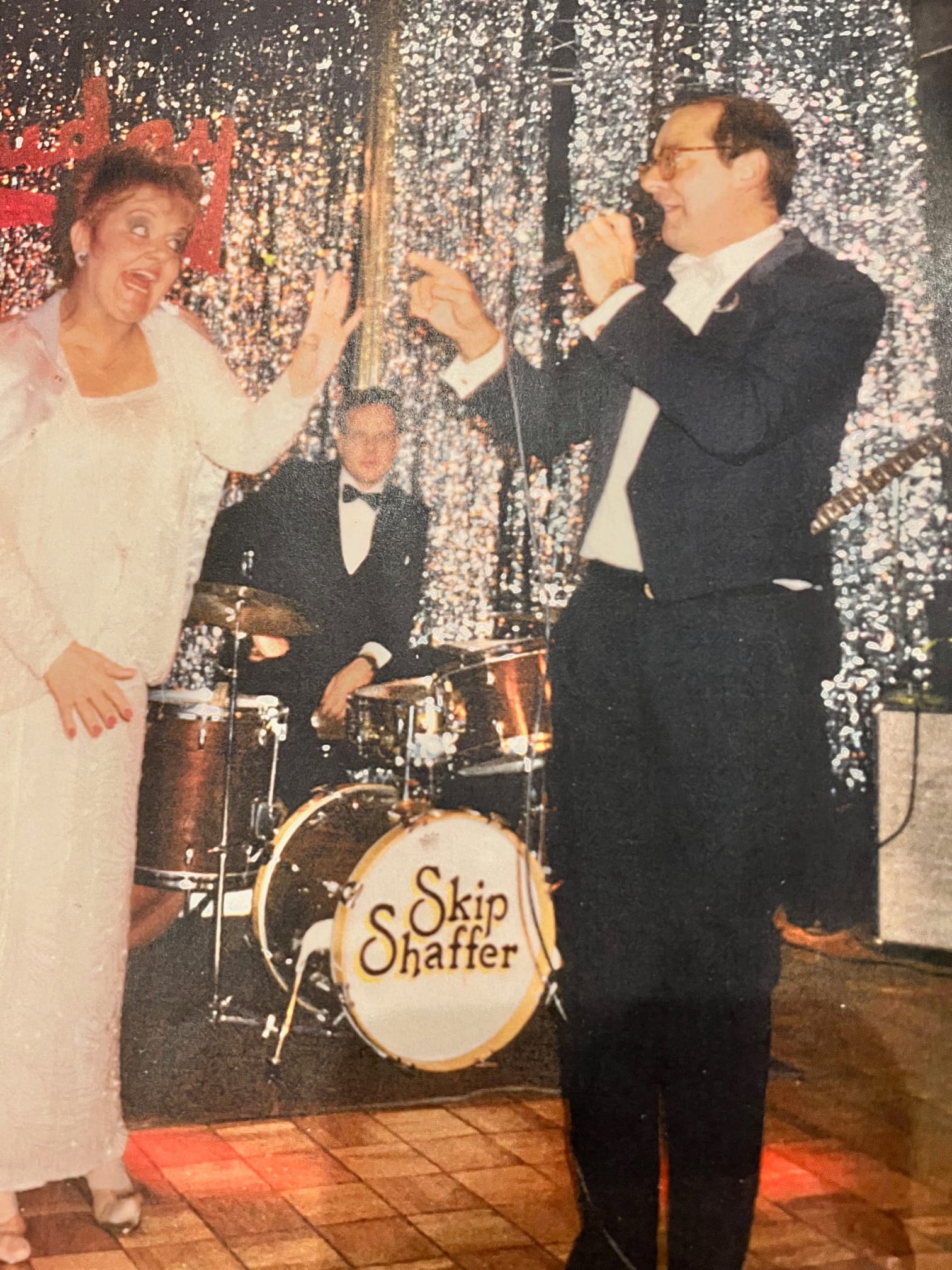
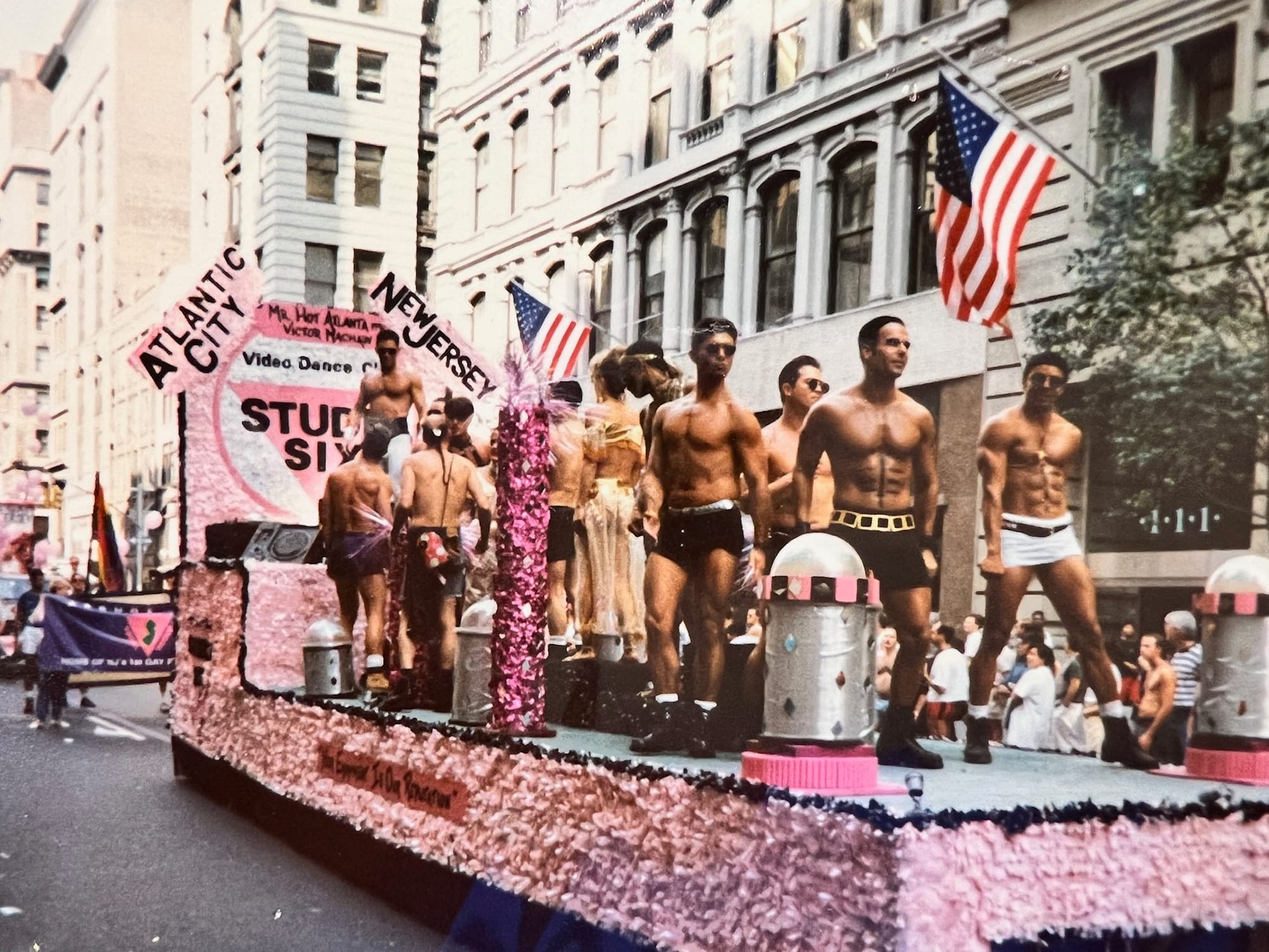
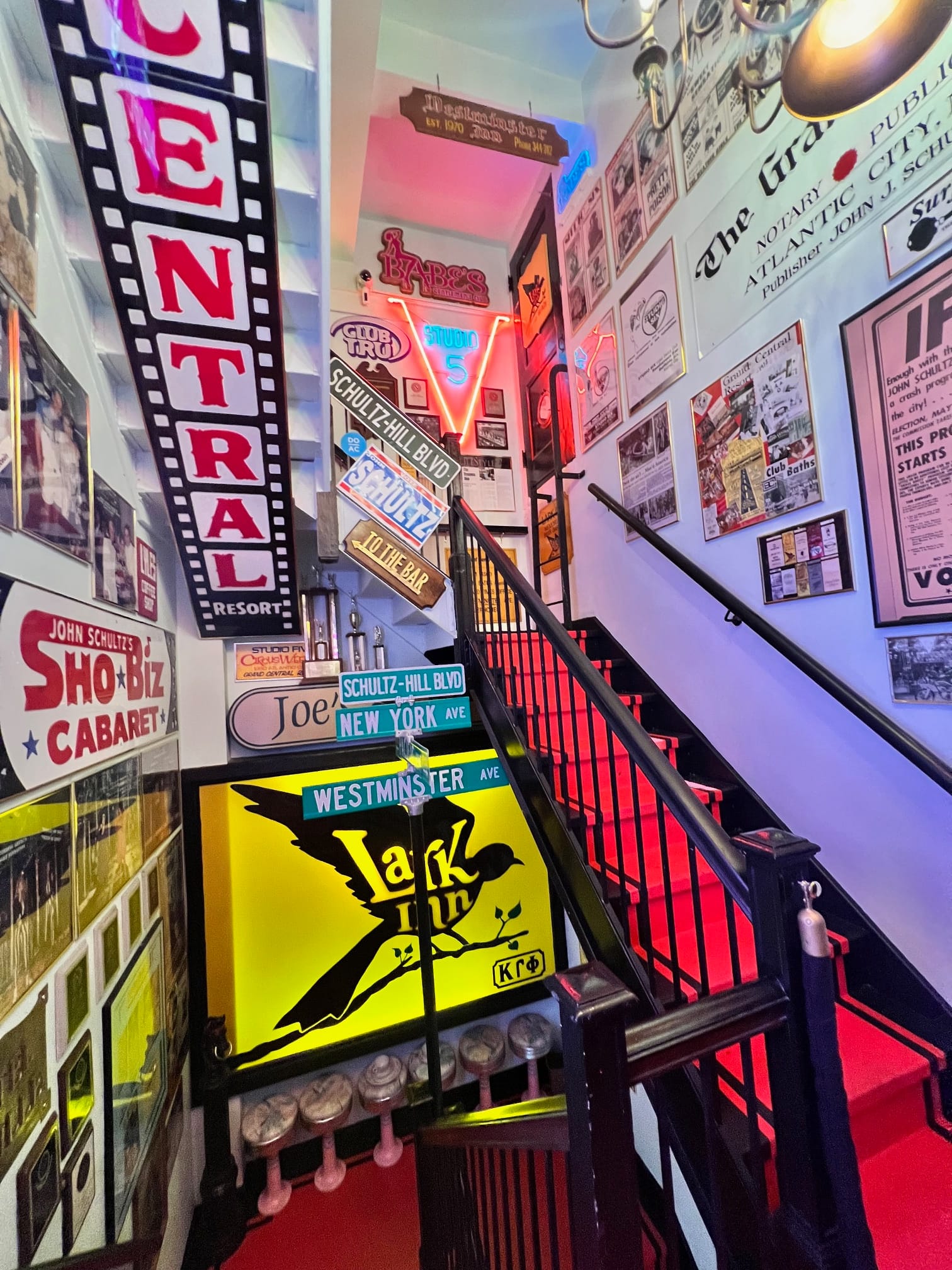
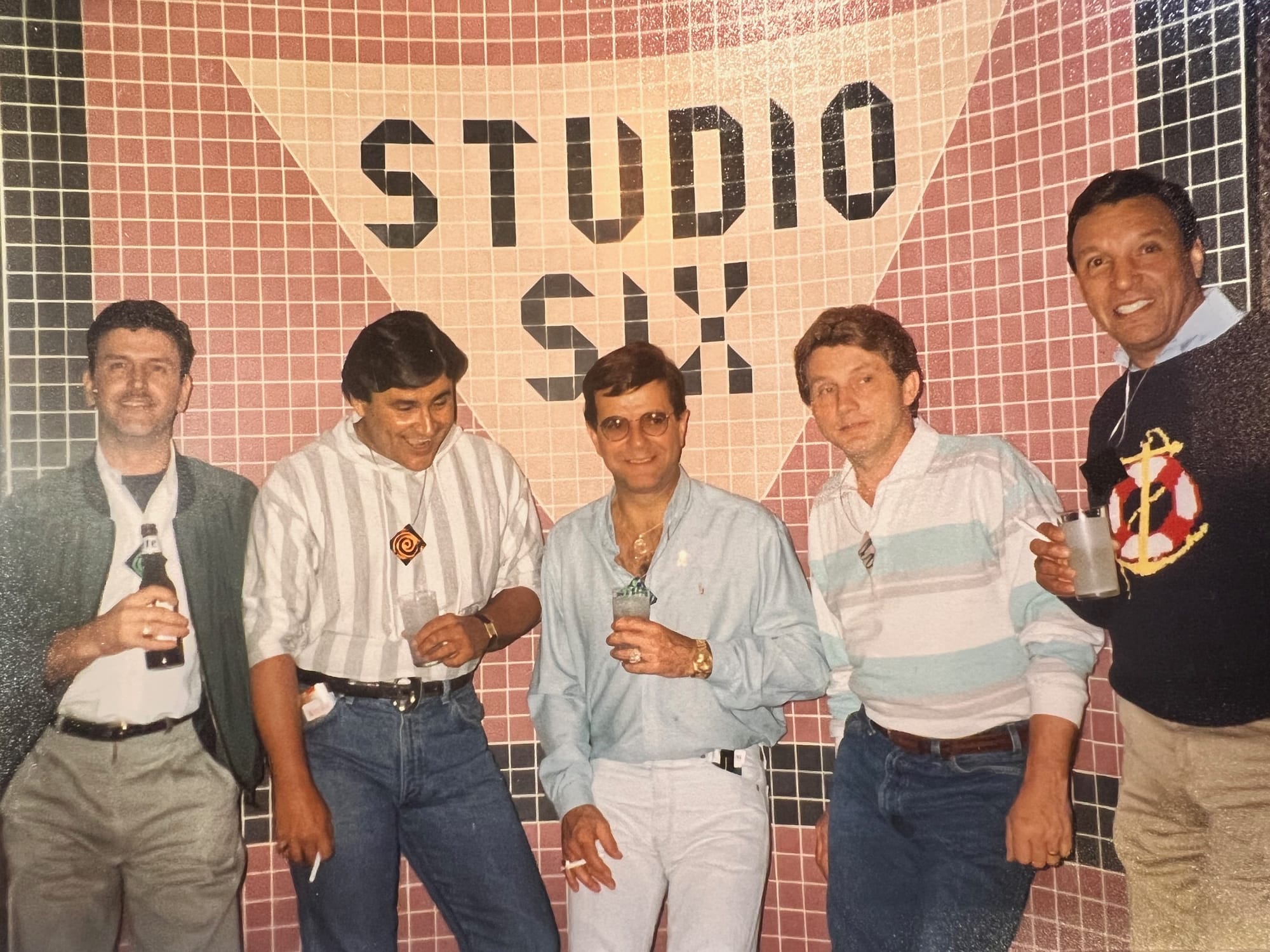
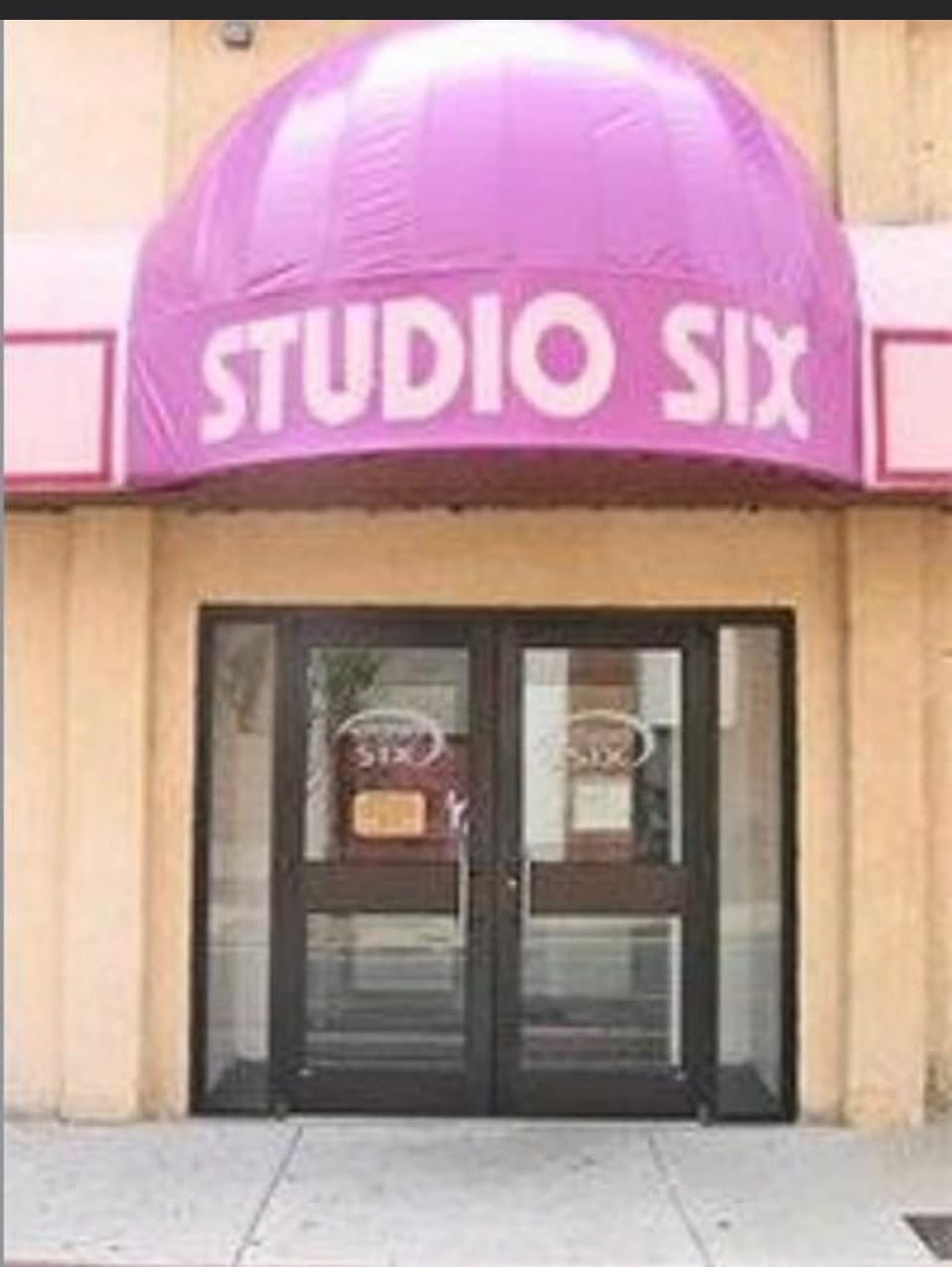
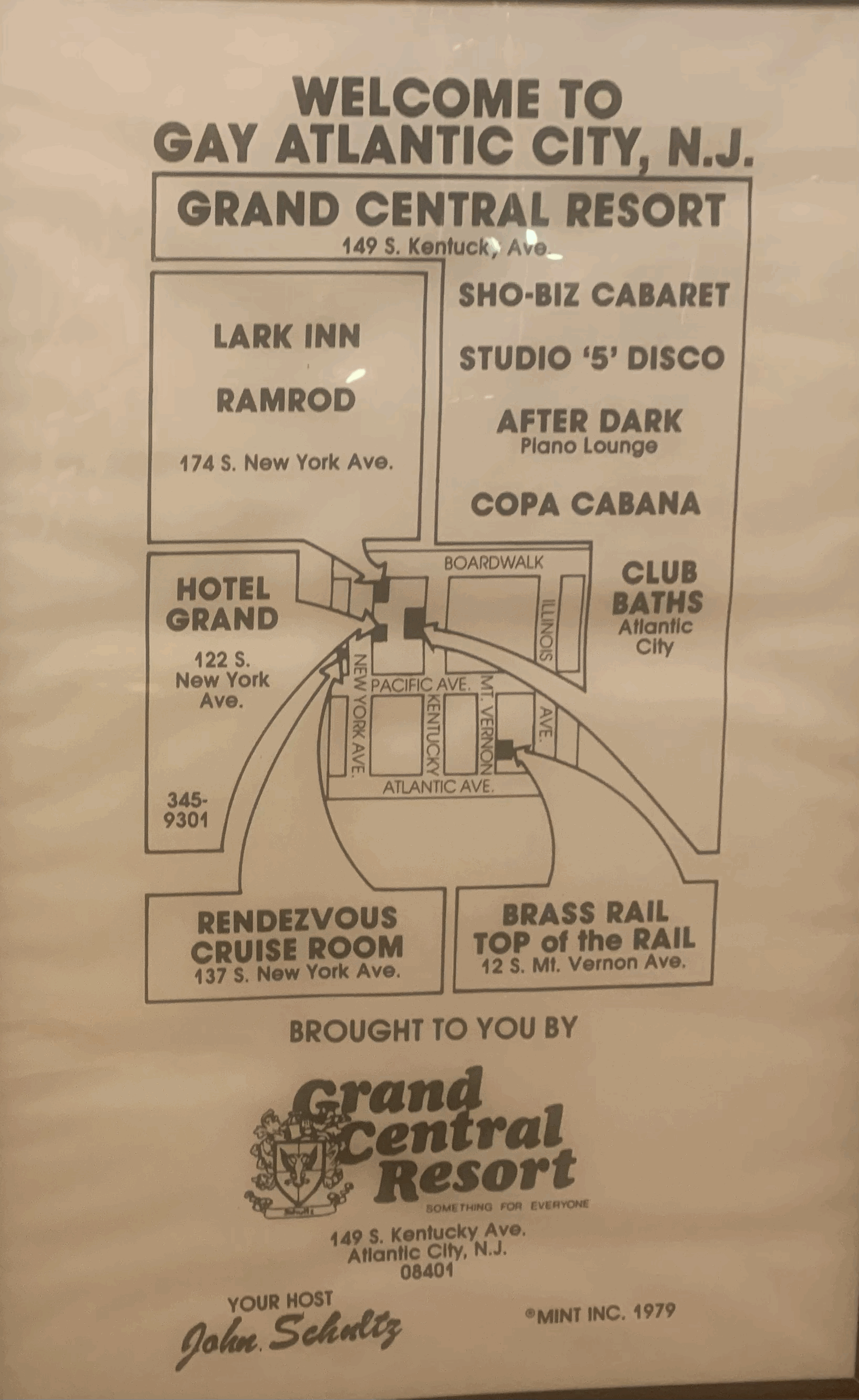
Scenes from the days of Studio Six. Top left, John Schultz introduces a comedian. The Studio Six float partook in parades in New York City and Philadelphia. Top and bottom right photos are from John Schultz's collection of memorabilia from nightclubs, bars and hotels he has owned.
Building an empire of lasting memories
Years later, after working for a stockbroker in Philadelphia and then returning to Atlantic City, Schultz managed a retirement home on St. James Place. At the same time, he obtained financing to buy his first bar, The Brass Rail, in the early 70s, which was the first 24-hour establishment in AC that originally opened in the early 1900s. Then Schultz bought a gay rooming house, then the Lark Bar at New York Avenue and the boardwalk, and then the Grand Central Resort on Kentucky Ave., touted as the largest gay hotel on the East Coast, that had its own disco, called Studio Five. Studio Six, the Rendezvous Lounge and others followed.
Atlantic City has always brought in top names in entertainment, and some were known to frequent the gay night clubs on New York Ave. The piano man himself, Billy Joel, once crooned behind a keyboard at the piano lounge of the Grand Central Resort, says Schultz. Joan Rivers and Liza Minelli who frequently performed in AC, made regular appearances.
Jonathan Van Meter, author of The Last Good Time, a book about the notorious 500 Club, recalls bringing Rivers to Studio Six, after writing a magazine profile on a day in the life of the late great comedian. He had recently moved to New York City, after living in Atlantic City area for several years.
“I'd go back to Atlantic City with Joan and then go to Studio Six with Joan, and it was so much fun to roll up to Studio Six with Joan Rivers and watch the crowd devour her, you know what I mean?," says Van Meter. "They would rope off a part of Studio Six for her, and I would just kind of watch as all of these people who I knew, responded to the presence of Joan Rivers.”
Louise’s Entertainment Club, the old bar from the 1920s, still existed, but it was more of a dive by this point, yet it still drew a crowd, because of a very distinct and exceptional juke box that drew a following.
"It had the best jukebox I had ever seen,” Spreng wrote in an article that appeared in Out in Jersey about his experience. “Every song you could think of was on there.”
Van Meter fondly remembers that jukebox.
“I remember one night so clearly, hearing Live to Tell by Madonna on that jukebox for the very first time, and just leaning against the wall with a beer in my hand.” he says.
Giulietta Consalvo, part of the creative team at the Byrdcage, portrayed Judy Garland regularly during the 1990s, as a member of an entertainment troupe at Resorts. After performing, the cast would always go to Studio Six and dance and then head to the Brass Rail afterward, she recalls.
“It was the atmosphere, the music, and the incredible mix of people that would go through those doors,” Consalvo says. "You were in a bubble, and then you went back to your life….I always felt it was a good place. It was a safe place. And that’s really what we are trying to recreate with The Byrdcage.”
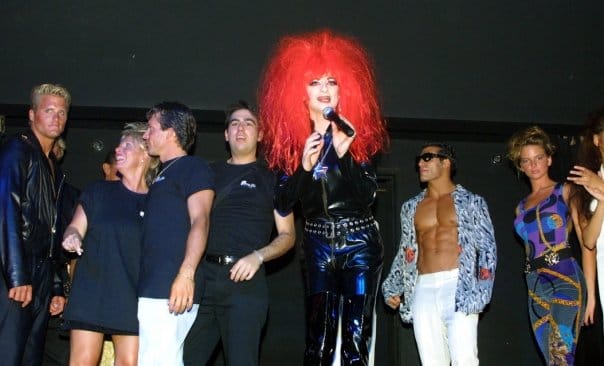
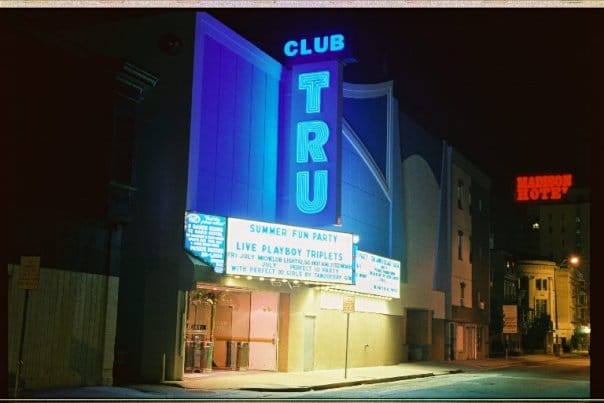
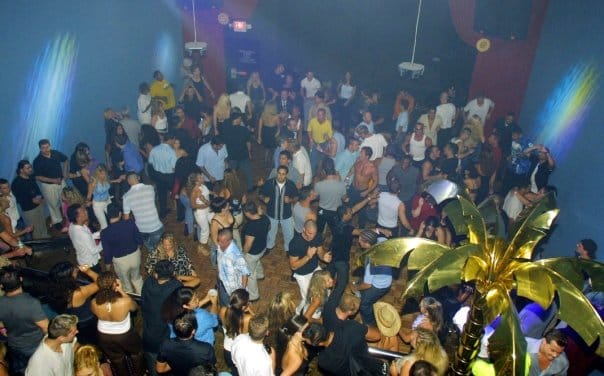
Photos from Club Tru, formerly the Brass Rail, courtesy of Mortimer Spreng
Two decades later, the once booming nightclub scene eventually declined, and properties were sold. In the 90s, Schultz and his partner Gary Hill started the Miss’d America drag pageant and the duo formed the Schultz-Hill Foundation, supporting art and education in South Jersey. Their efforts to give back to the community were honored by Atlantic City officials in 2024, and Westminster Street (the formal name for “Snake Alley”) was officially renamed “Shultz-Hill Boulevard.”
Schultz, now 82 years old, is publishing a book, due out this year. The working title is In the End, All You Have is Your Word: My Rags to Riches Story - Building My Atlantic City Gay Empire.

